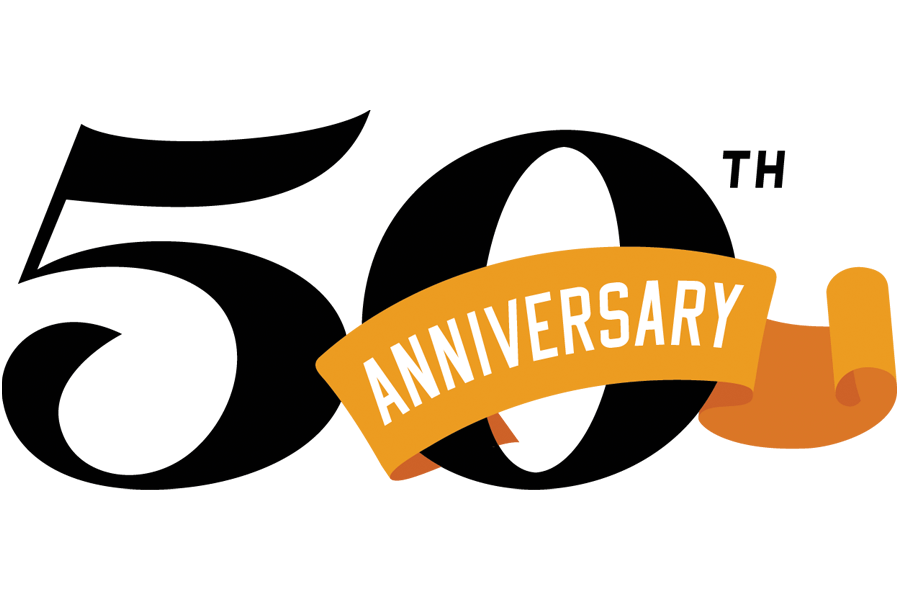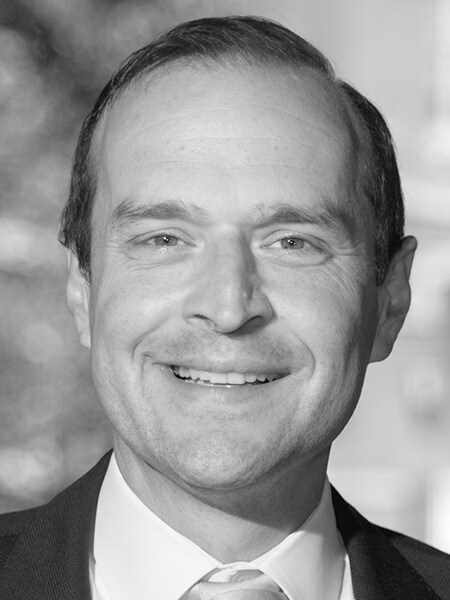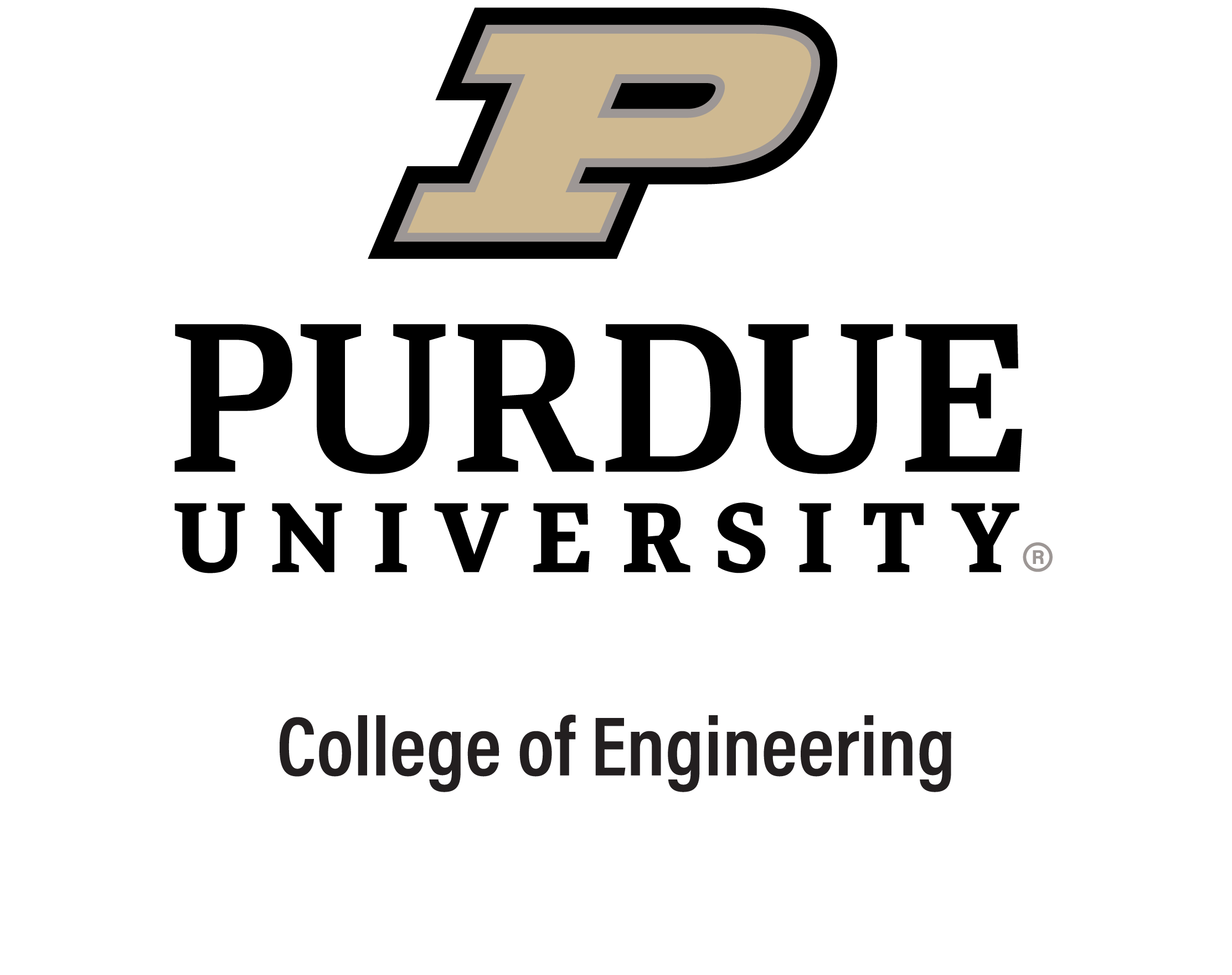From Broadway shows to theme parks, theatrical productions are innovating with the latest technologies to create interactive lighting, automated scenery shifts, special effects and animatronic actors. Even in community theatres, demand is growing for theatrical technical directors with greater engineering expertise than is typically available in theatre departments.
A Theatre Engineering concentration launched in 2017 by the Multidisciplinary Engineering (MDE) program in Purdue’s College of Engineering prepares students for these challenges by starting from an engineering foundation while integrating theatre coursework from the College of Liberal Arts (CLA). The concentration attracts engineering students who want to design for storytelling and theatrical production, as well as theatre lovers who might not have otherwise considered an engineering degree.
“We may be the only ABET-accredited multidisciplinary engineering program around with a theatre engineering concentration,” says Mary Pilotte, associate professor of engineering practice and director of Purdue’s engineering education undergraduate degree programs. “It provides an exciting pathway for students who are STEM-oriented and love the arts to become engaged in engineering.”
Theatre Engineering joins a variety of Multidisciplinary Engineering concentrations offered by the College of Engineering’s School of Engineering Education. 2019 marks the 50th anniversary of the MDE program.
Theatrical Productions Grounded in Engineering
Theatre Engineering at Purdue University starts with a first year of common engineering curriculum followed by a mix of engineering and College of Liberal Arts classes. Concentration tracks include structural scenery and mechanical/electrical scenery.
“What makes this concentration different from the norm is the deep-dive emphasis on engineering theory and application,” says Rich Dionne, clinical assistant professor of theatre and faculty technical director in the Patti and Rusty Rueff School of Design, Art, and Performance. “The students have an opportunity to get the best of engineering theory while also engaging in the hands-on practice of theatre making.”
Graduates can find work as theatrical technical directors, project managers, visual design engineers and designers for scenic construction shops. Potential venues include regional theatre, touring productions, Broadway shows, corporate trade shows, rock shows, cruise line exhibitions, theme parks and film.
A strong engineering background is in especially high demand in productions with large, complicated structures; complex moving parts; and integrated control systems. “The increasing level of complexity demands professionals with a strong mix of experience in both live performance and engineering skills,” says Dionne.
Dionne teaches courses that combine engineering analysis skills with design process practice. The classes drill down into applications like structural, mechanical, and control systems design and networking design for entertainment controls. Concepts include statics analysis, strength of materials, physics of motion and control system paradigms.
In other courses, students learn to experience the work of a technical designer within everyday design constraints of materials, safety and financial resources. “A key focus is accomplishing exceptional, robust design with an emphasis on aesthetics and safety,” says Mary Pilotte, associate professor of engineering practice and director of engineering education undergraduate programs.
With digital technology rapidly transforming both theatrical production and content, entertainment companies are increasingly seeking recruits with engineering skills. “Technologies that were once on the horizon, such as wireless communications, embedded sensors, robotic controls, animatronics and audience participation, are rapidly becoming the norm,” says Dionne.


Multidisciplinary Engineering Turns 50
Entering its 50th year, Purdue’s Multidisciplinary Engineering (MDE) program has a strong record of crafting programs that address the needs of future engineers. “MDE has been called the incubator of the next big engineering discipline, in that it started fields of study at Purdue in nuclear, biomedical, and environmental and ecological engineering that went on to become separate schools within the College,” says Mary Pilotte.
MDE aspires to help expand participation to a broad range of students who may become interested in engineering. “Sometimes it seems that the engineering profession asks students to lay aside their personal identities for a professional identity,” says Pilotte. “But within MDE, we have found that there is room for personal identities within engineering — one and one is greater than two.”
1 + 1 > 2
Another goal is to improve engineering student’s social skills and awareness of domains beyond engineering. “We need engineering solutions that users can understand and help design,” says Pilotte. “Engineering students need to develop a user-centered design mindset. By exposing them to College of Liberal Arts courses, they can experience people who look at the world totally differently. Were also teaching students empathic design skills and how to handle user feedback.”
Collaborative relationships between programs do not often happen spontaneously, notes Pilotte. “Our relationship with CLA has been built over time,” she says. “There’s a lot of mutual respect and coordination between faculty and staff, so that the collaboration appears seamless. It allows students a unique opportunity to create yet another emergent field of study in engineering.”



